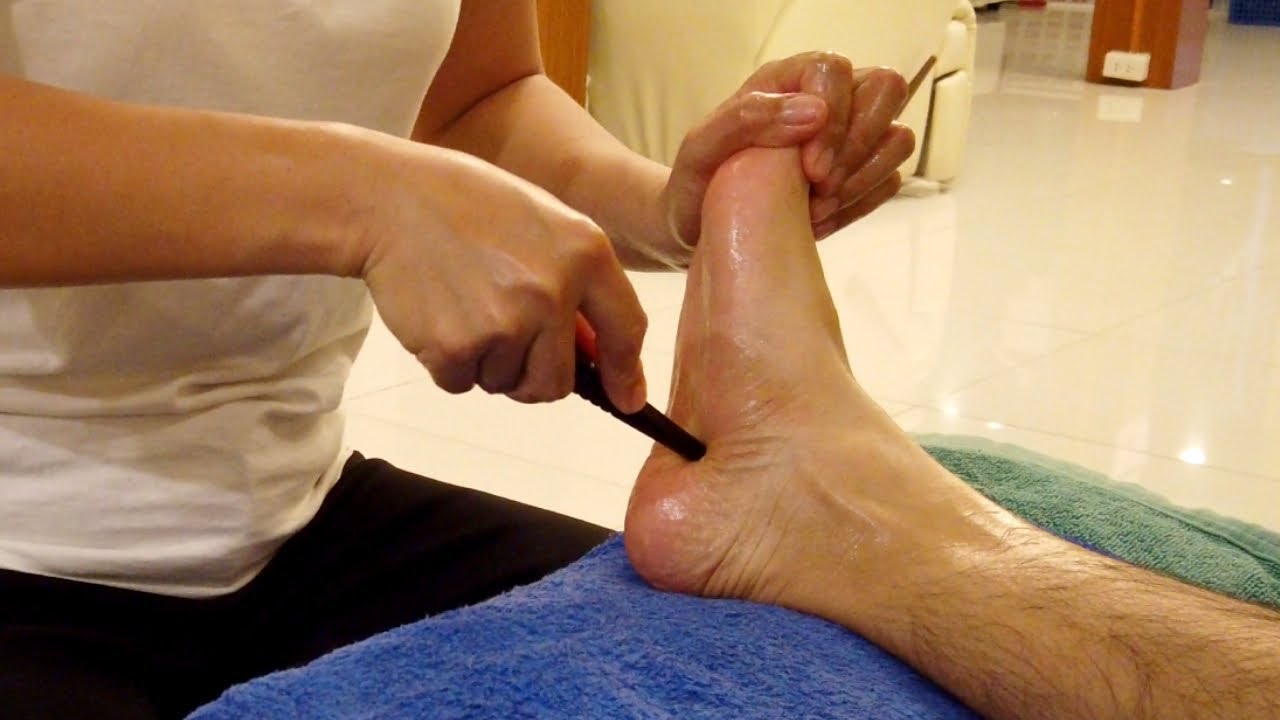
What is Thai foot massage?
What is Thai Foot Massage you ask? Thailand is a large country located in South East Asia. For travellers looking for a unique cultural experience, heading to Thailand can be an excellent choice. There are many hotels that offer full services which include Thai massage and therapeutic massages, however when going it alone it’s important to know what to expect. Knowing what is involved will make it more enjoyable and ensure a positive experience.
Firstly it’s important to understand what is involved. Thai Foot massage functions on similar principals as Reflexology touching up the foot and the lower limb. It makes use of gentle hand on massage and gentle stretching techniques as well as using a traditional Thai massage claw stick. In addition, pressure is often applied on certain reflex points on both feet to stimulate the central nervous system, promoting the mind and body to balance and activate the flow of energy through the body. Done properly it can have a restoring effect on tired and stressed out legs and feet.
Thai massage is also known as Prana Orgasm. The theory behind this technique is the presence of energy channels throughout the body between the organs and muscles. These energy channels run alongside the spinal column and connect to the major organs via the nerve pathways. It has been known to help release stress caused by anxiety and tension. In addition to this it can stimulate the organs themselves, particularly the major organs such as the heart, lungs and liver. It helps improve circulation and invigoration of the organs.
How does it work? The principle behind Thai massage is similar to reflexology. A practitioner applies gentle pressure on a specific reflex area on one or both feet while asking the patient to contract their muscles. This helps to release the blockages in the energy channels so that the vital energy can flow easily.
Many benefits can be achieved through the use of Thai foot massage. By stimulating the various points in the feet it can increase circulation, ease muscle tension, relieve the symptoms of arthritis and reduce the chronic pain of those with foot conditions such as plantar fasciitis. While there are many benefits to be had, especially when compared to traditional massage, it is important to keep in mind that not everyone will get a positive or effective result. Those suffering from circulatory conditions such as high blood pressure or those with edema may not experience any benefit from this type of massage.
When you receive your Thai foot massage, you will be lying down on a mat on your back with your feet propped up on pillows. You may be asked to lie still on the mat or to move around a bit. Your therapist will then start working on your upper body using their hands to work on reflex areas in your arms and legs. Reflexology uses the hands, fingers and feet to help alleviate tension in the body, which has a positive effect on the health of the individual receiving the treatment.
Reflexology uses the same areas of the hands, fingers and feet that are used in other forms of Reflexology such as acupressure and reflexology. If done correctly, the Thai foot massage will create more circulation, better flexibility and reduce stress. As the circulation increases, toxins that have built up in the body are removed and new blood rushes to the area. The increased circulation also reduces the inflammation in the lower legs. It can also help to relieve edema by increasing the amount of oxygen-rich fluid in the blood.
In order to receive a Thai foot massage, you must first be comfortable lying down in a chair. Then the therapist will place their hands in your ears and begin to rub your feet, first going to the ends of your toes then going to the center of your toes. They will continue to rub your feet with their thumbs and fingers for a specified period of time depending on their session, then will switch to using warm water and apply it to the affected areas on your feet.